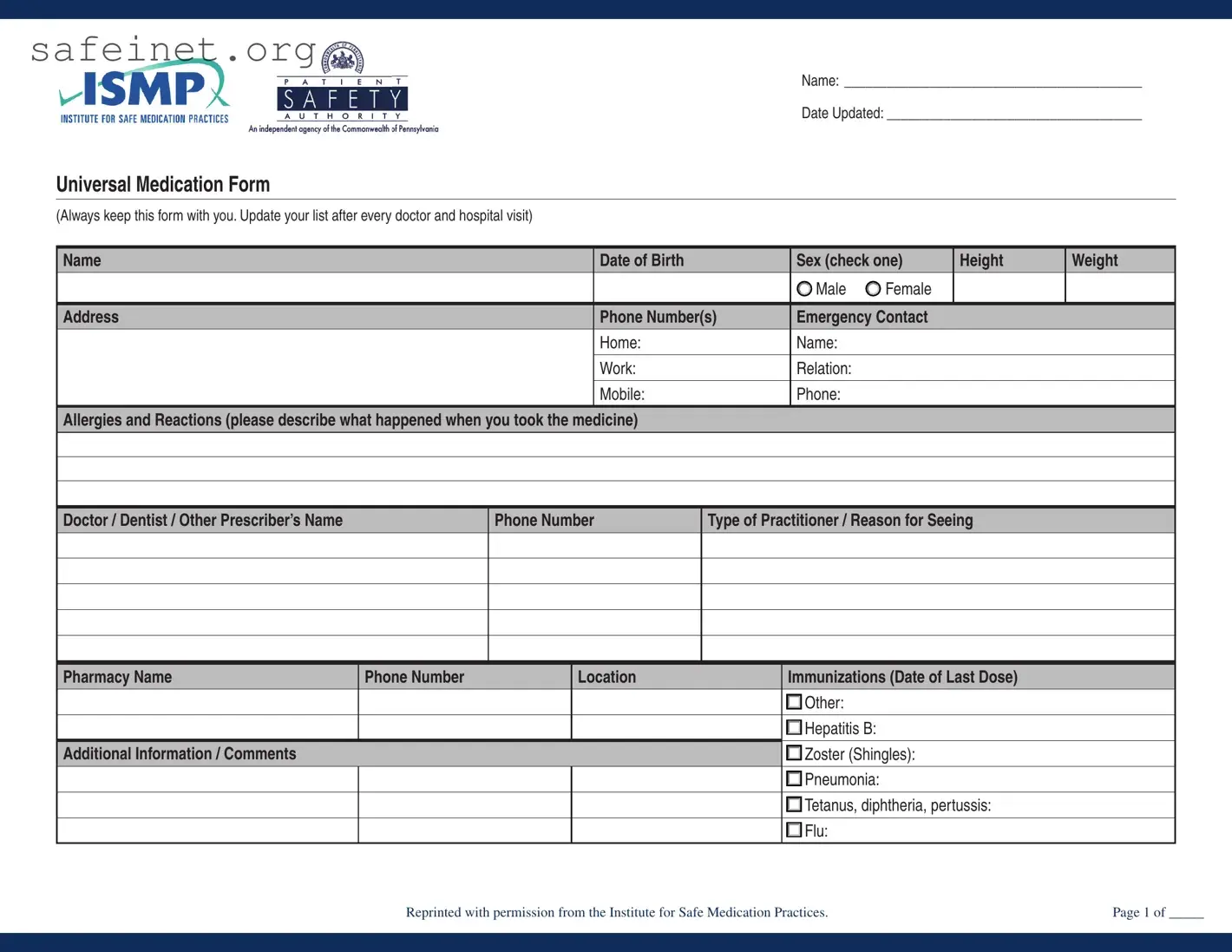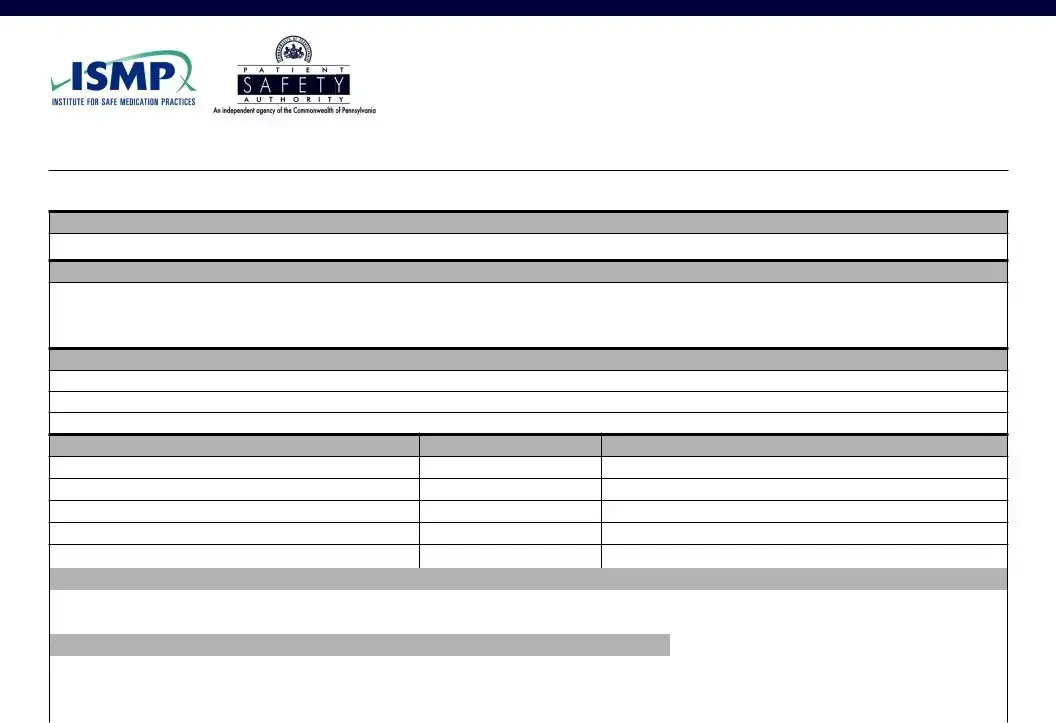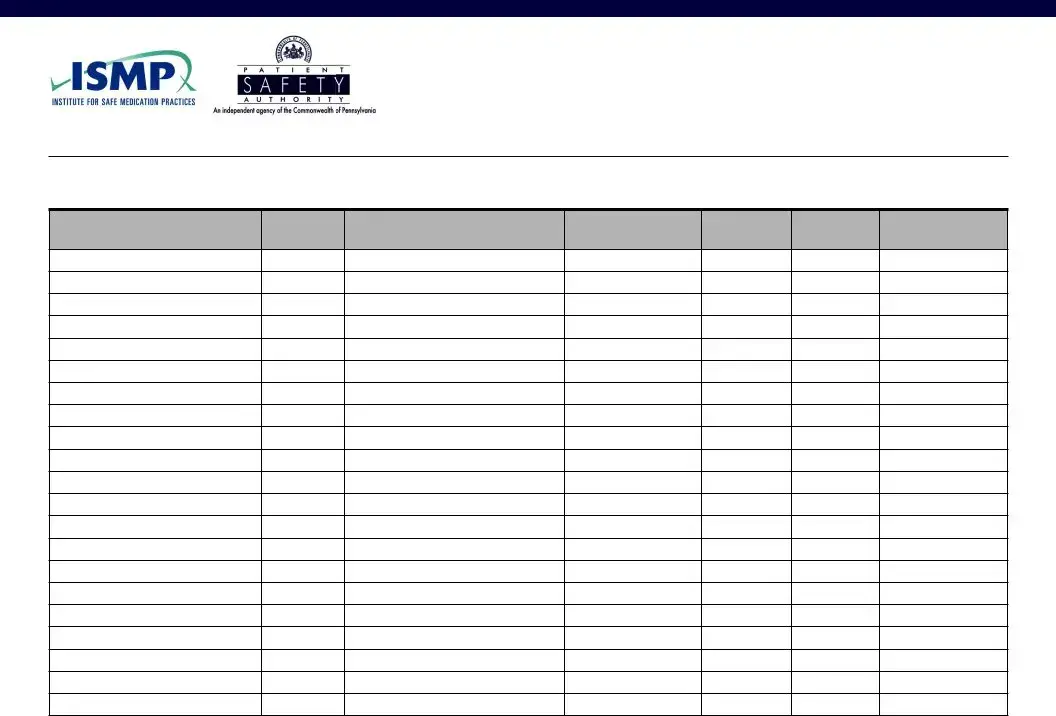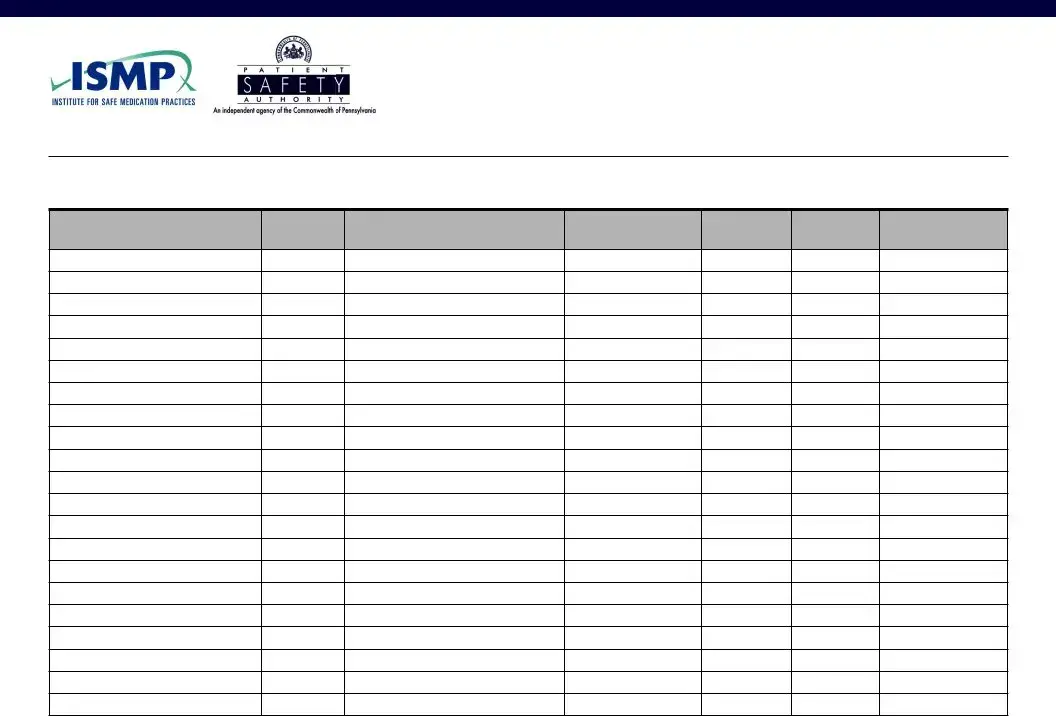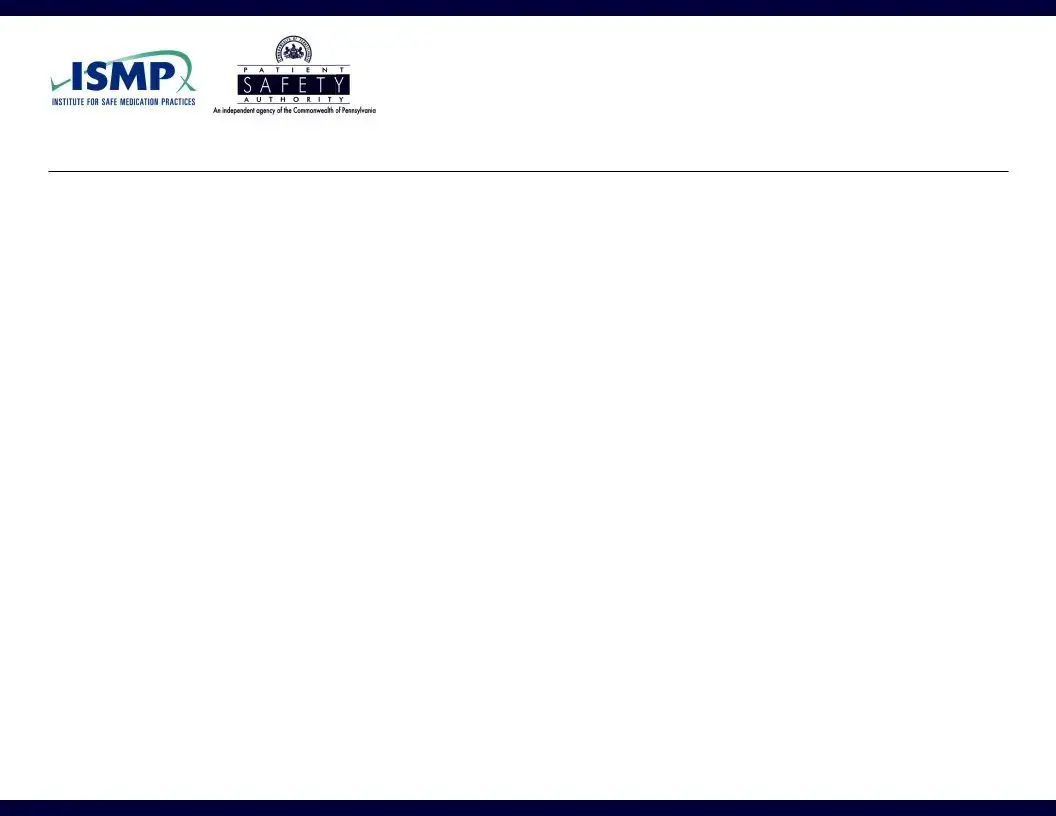What is the purpose of the Medication Form?
The Medication Form is designed to provide a comprehensive record of all medications a person is taking, including prescriptions, over-the-counter drugs, herbal supplements, and vitamins. It acts as a vital tool for both patients and healthcare professionals. This form should be kept up to date and brought to every personal health visit to ensure that the healthcare team is aware of current medications and can consider them when making treatment decisions.
How often should I update the Medication Form?
You should update the Medication Form after every doctor or hospital visit. It is crucial to record any changes in dosages, the addition of new medications, or the discontinuation of existing ones. Regular updates help maintain accurate medication records, which are essential for safe healthcare practices.
Who should keep a copy of the Medication Form?
The Medication Form should be kept in a safe but easily accessible location. It is advisable to carry it in your wallet or purse at all times. Additionally, consider giving a copy to a trusted emergency contact, family member, or close friend for quick access during a medical emergency.
What should I do if I have allergies or experiences reactions to medications?
Immediately list any allergies or adverse reactions on the form, detailing the nature of each reaction. This information is critical for healthcare providers to avoid prescribing medications that could trigger these reactions. Clear documentation helps ensure your safety and informs your prescribers about your unique health history.
How do I list my medications on the form?
When listing medications, include both the brand name and generic name of each drug. Specify the dosage, how often and how you take each medication (for example, orally or via injection), and the reason for taking it. Be thorough and accurate to provide clear information to any healthcare provider reviewing your medication history.
What if I run out of space on the Medication Form?
If you exceed the space available on the form, you may use additional pages. Ensure that you write your name on each new page to keep your records organized. Keeping a comprehensive account of your medications is essential for effective healthcare management.
How can I ensure my Medication Form is correct and complete?
To maintain accuracy, review your form after every appointment. You can ask your doctor, nurse, or pharmacist for assistance in updating or clarifying any details on the form. Additionally, it’s a good practice to review your medications with a community pharmacist at least once a year to address any discrepancies and ensure your medication list is up to date.
